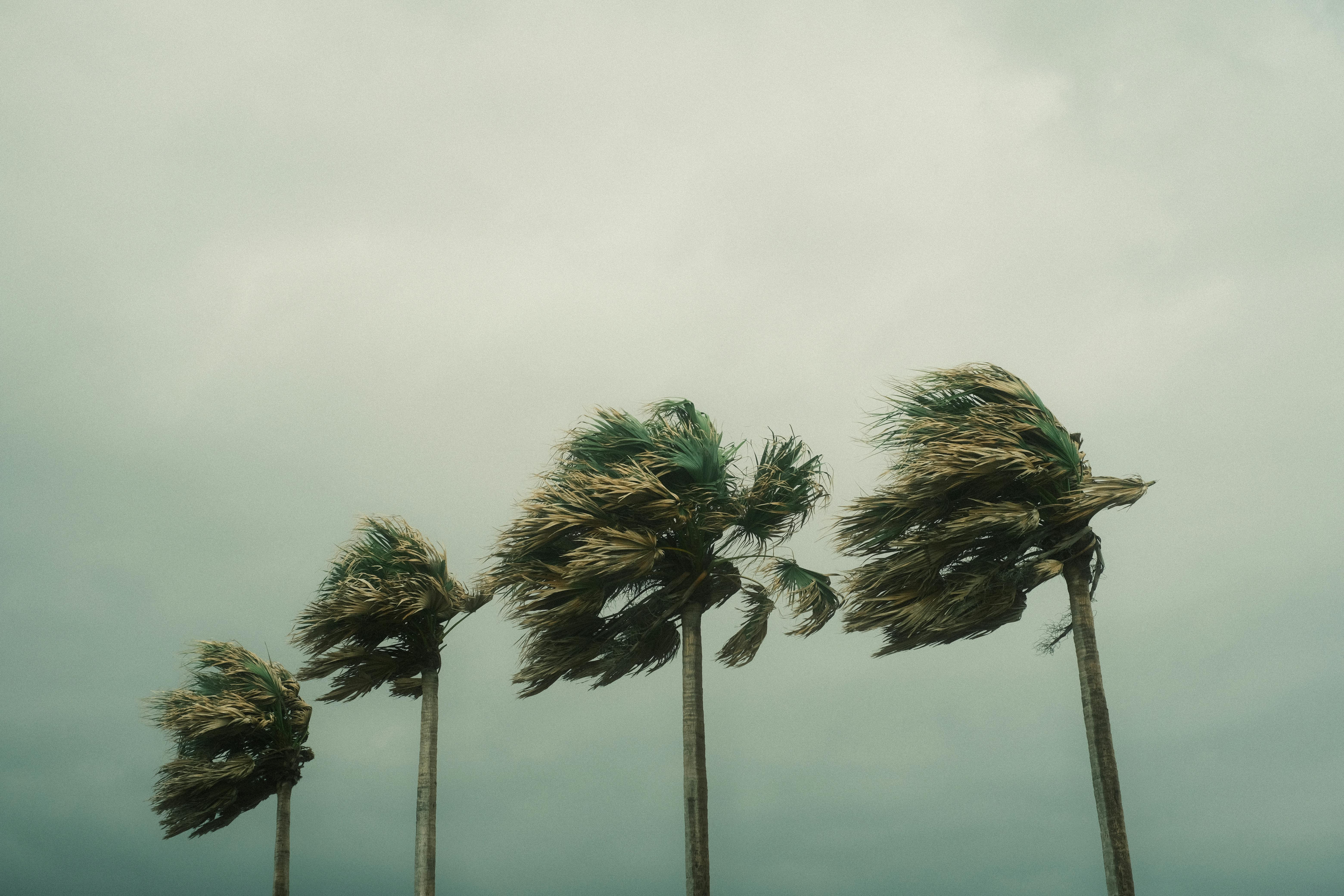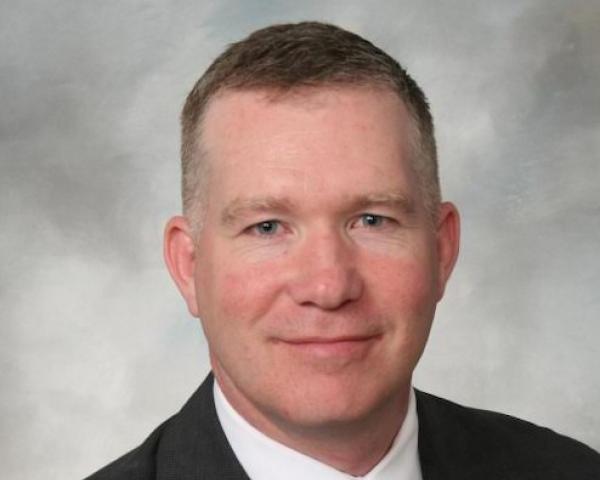This summer has brought on a slew of severe weather events that have challenged our insurance defense lines with increasing intensity. In July, the National Oceanic and Atmospheric Administration (NOAA) confirmed four new billion-dollar disasters, ranging from wildfires in the West to unprecedented tornadoes in the Midwest and Category 5 Hurricane Beryl in the South. These events brought July’s totals to 19 declared disasters, four more than in July 2023.
The evolving nature of disasters calls for a reevaluation of traditional insurance strategies and a sincere consideration of how innovation in supplemental disaster insurance solutions can ensure dynamic coverage that protects consumer finances in today’s changing weather landscape.
Disasters are striking in unprecedented ways
No community is entirely immune to severe weather, with at least one weather-related disaster declared in all 50 states over the last five years. We are familiar with the widespread need for severe weather considerations when building comprehensive insurance portfolios; however, this summer has heightened the urgency of adaptation with a series of unexpected and unusual weather events.
Most recently, Hurricane Ernesto and Hurricane Debby tested the East Coast with flash floods, power outages, rip currents, and extensive damage in August, which was closely preceded by the devastating Hurricane Beryl in July. The storms have been unusual this hurricane season, as Debby formed nearly a month earlier than the average second Atlantic hurricane, and Hurricane Beryl was the earliest Category 5 hurricane in Atlantic history. These historic events are only kicking off the year’s above-average hurricane season, with the National Hurricane Center (NHC) forecasting 17 to 24 named storms and four to seven major hurricanes before the end of November, surpassing the 1991-2020 seasonal averages of 14 named storms and 3 major hurricanes.
In addition to record-setting hurricanes, tornado patterns for 2024 have called for concern. July saw the second-highest number of tornadoes since 2010 and a 45% higher-than-average pace. Last month set a Chicago-area record for most tornadoes in a day after a derecho suddenly spawned 32 tornadoes across the region.
In the West, the Park Fire has taken its place as the fourth-largest wildfire in California history, devastating more than 401,000 acres. As extreme weather affects states with a new level of intensity, it is increasingly imperative that homeowners assess their preparedness against natural disasters with an openness to new insurance considerations.
Catching the consumer up to speed
While it has always been key for homeowners and renters to consider their financial vulnerabilities when it comes to looming disasters, insurance literacy has taken on heightened importance in the face of today’s increasingly frequent and intense weather events.
Few policyholders are aware of what their current insurance covers and what it doesn’t. A 2020 survey by Policygenius found that 53% of homeowners were unaware that home insurance policies don’t typically cover flood damage and 80% were unaware that earthquakes aren’t typically covered. Despite these gaps in insurance knowledge, 74% of respondents said they felt confident in their coverage to fully replace their home in the event of a disaster.
This disconnect between consumer understanding and confidence is concerning and calls on us as insurance professionals to help policyholders get honest about their emergency savings and where severe weather patterns can wreak havoc on their lives and finances.
While the insurance industry is keyed into these evolving weather trends and constantly reacting, “set it and forget it” consumers need more support in staying informed. They might be aware that these new weather trends are causing insurers to raise deductibles in disaster-prone areas and even exit states entirely, but are they familiar with the spreading nature of coverage stipulations like named storm deductibles? With the NHC’s prediction of an above-average number of hurricanes this year, consumers need real-time education on such nuances to get a truer understanding of how they will be financially affected by a disaster.
Coverage needs are changing, and clients need tailored support
As severe weather disrupts lives around the country with a new sense of vigor, consumers need to be made aware of the massive out-of-pocket expenses that can result from coverage gaps in their insurance policies.
A recent Bankrate report found that only 44% of U.S. adults would be able to afford an emergency expense of $1,000 with savings and 27% lack emergency funds altogether. If you set this against the context that out-of-pocket costs for a disaster can reach $10,000 per household, it is clear that people need additional support, which is why we at Recoop offer up to $25,000 in fast and flexible recovery cash.
When it comes to tailoring coverage to homeowners’ specific needs, exploring relevant multi-peril insurance products is a way to address the ever-evolving climate landscape, as policyholders may face a wide array of unexpected natural disaster risks. For example, in the last 10 years, New York state had declared disasters in six peril areas: hurricanes, tornadoes, winter storms, earthquakes, wildfires, and dust storms.
This kind of peril diversity highlights the need for agents to be on top of regional and national disaster trends to provide meaningful advice to protect their clients’ interests in more dynamic ways. Furthermore, the degree of supplemental disaster coverage can be adapted to suit customers’ needs. Residents living in high-risk areas or far away from family support may require greater backing in the face of a disaster and need guidance from trusted agents to identify more supportive coverage plans.
When natural disasters rank as the fifth most common cause of bankruptcies in the U.S., we must evaluate how to secure more comprehensive insurance coverage to better protect our clients, especially as the changing climate patterns present new challenges. The severe weather trends experienced this summer position supplemental disaster insurance as not a mere add-on but a vital component in delivering comprehensive protection against a range of perils in an increasingly unpredictable weather landscape. The more we stay informed and innovate alongside these trends, the better we can serve consumers with a combination of insurance coverage.








